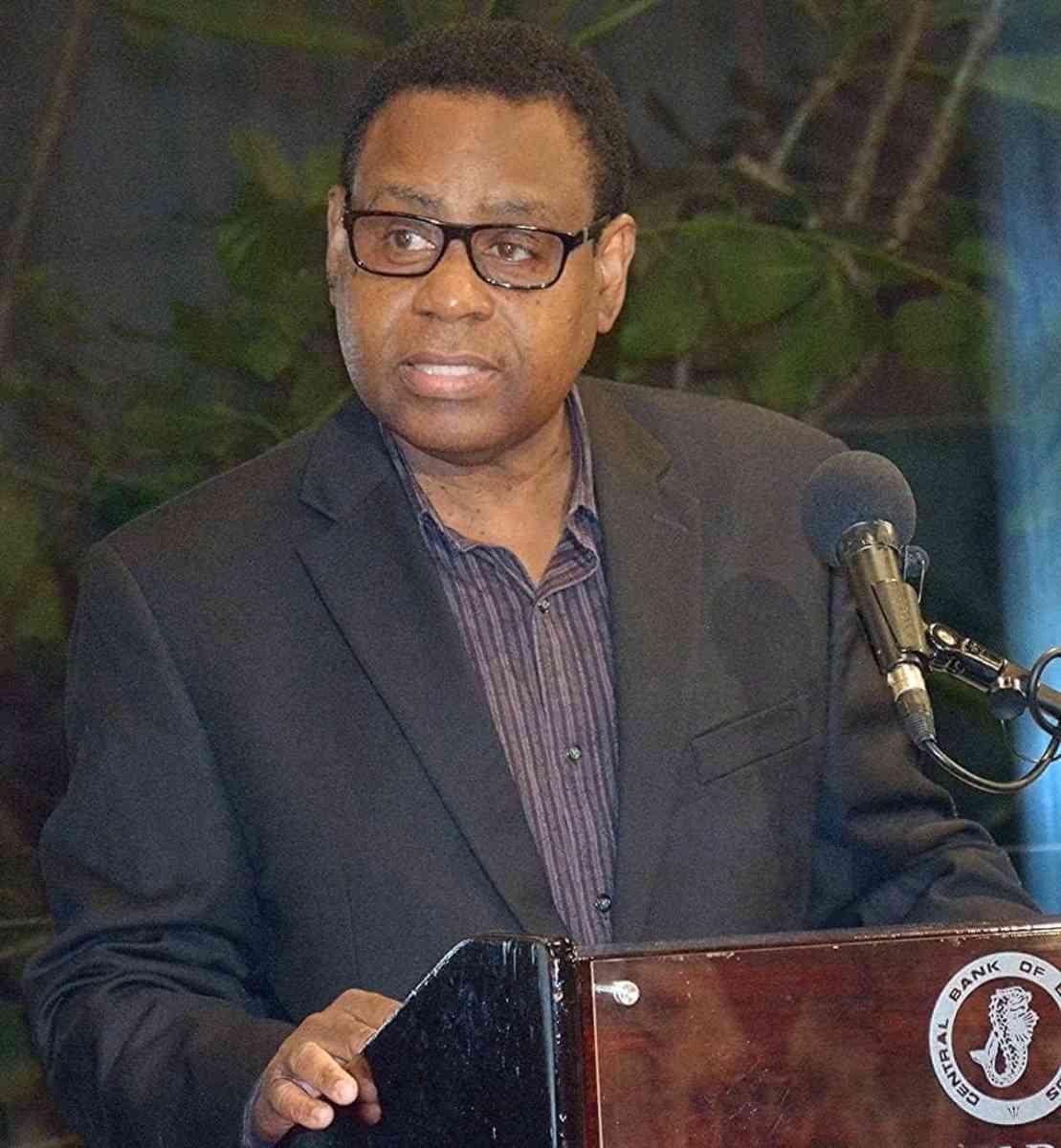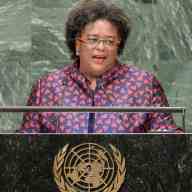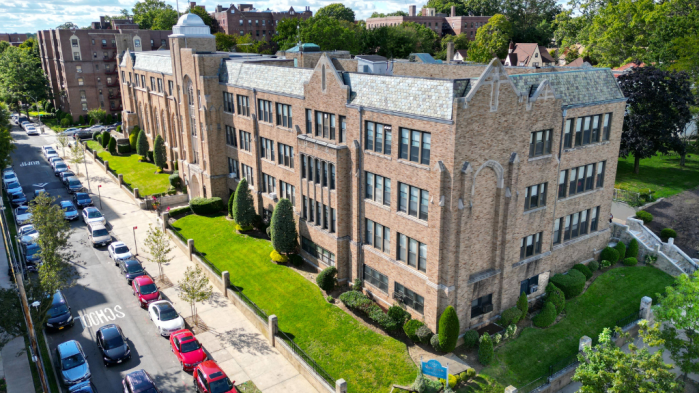Two recent reports, one from the International Monetary Fund and another from world credit rating agency, Moody’s, have given the Barbados government a vote of confidence as it goes about returning viability to an economy that was on the verge of collapse.
When the current administration took office in the last week of May 2018 it reacted to an overwhelming burden of financial repayments due, a bloated inefficient public service, and dwindling foreign exchange reserves, by first suspending debt payments and striking a deal with the IMF to cut operating costs, work out repayment deals with creditors, and gradually reduce debt to GDP ratio from the near impossible figure of just above 155 percent.
Since embarking on the Barbados Economic Recovery and Transformation (BERT) program in September the island was subjected to three periodical checks to ensure goals are being met, and the country has come out of those evaluations with flying colours.
“Barbados has made a strong start in implementing its ambitious and homegrown economic reform program. All performance criteria for March 2019 were met, and all structural benchmarks have been implemented, although a few with minor delays,” read part of that last IMF assessment report published in late June.
Part of the condition of the IMF four-year arrangement is that a portion of a $289.41 million special concessionary loan will be handed over to the island following every inspection.
Among the factors that pleased the visiting IMF team is that Barbados has moved its foreign exchange reserves from the dangerously low level of $220 million to now be in excess of $530 million.
Government has settled a debt repayment scheme with local creditors and is in the process of finalising a similar deal with external lenders.
The public service has been trimmed and state-owned enterprises are expected to be put on an efficient footing shortly.
The administration has shaved down the percentage points of the debt to GDP ratio from 155 to 125.6 per cent. The international standard for debt to GDP ratio is 60 percent.
These and other financial factors caused Central Bank Governor, Cleviston Haynes, to forecast, “the outlook for the Barbadian economy has become more favourable as macroeconomic indicators continue to improve in line with expectations under the BERT program.”
The international credit upgrade by the New York-based agency, Moody’s, is itself a special case because Barbadians were accustomed to being hit by news of successive downgrades since 2008. The more than 20 downgrades spanning a 10-year period had taken all aspects of the island’s credit rating to junk status.
Moody’s however announced last week that it “has … upgraded Barbados’ foreign and local currency issuer ratings to Caa1 from Caa3, affirmed the foreign currency senior unsecured bond rating at Caa3, and maintained the stable outlook”.
Barbados is far away from the objective of restoring a vibrant and viable economy but the markers along the road to recovery are becoming brighter as administrators navigate through large debt obligations while meeting challenge of attracting new investment, but the first in what is expected to be a series of credit rating upgrades twinned with positive IMF reports should make that task easier.

















